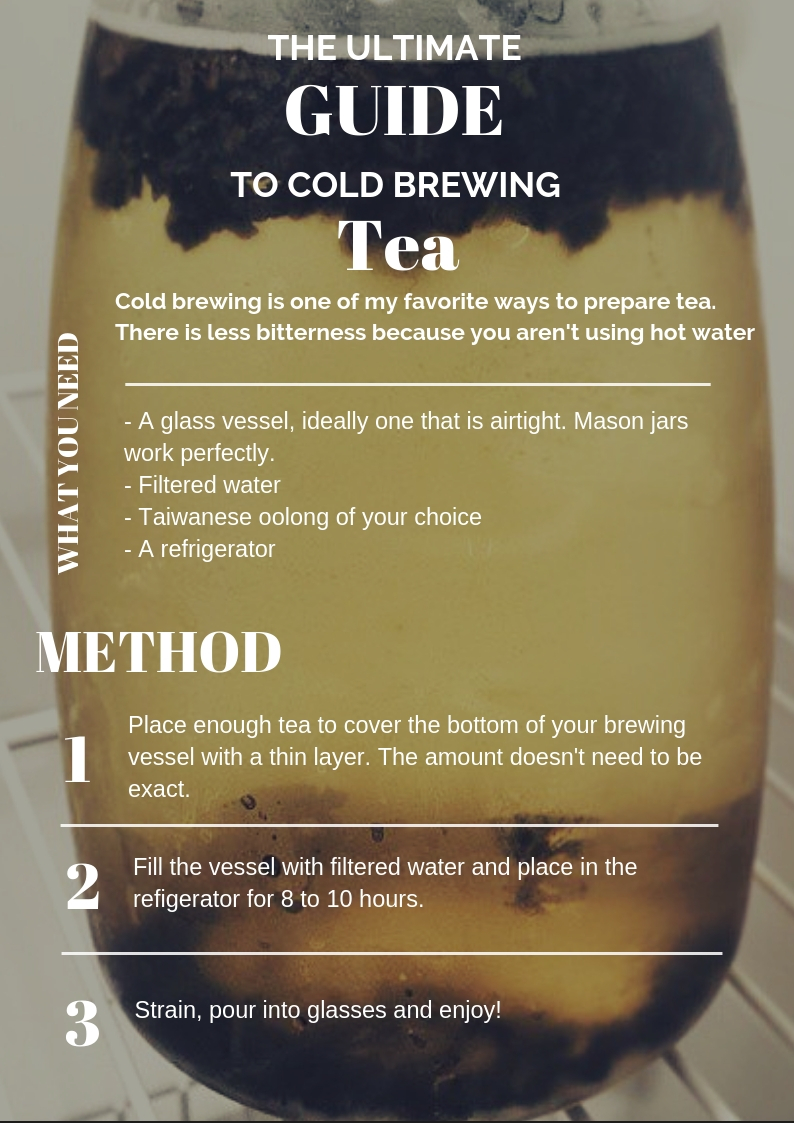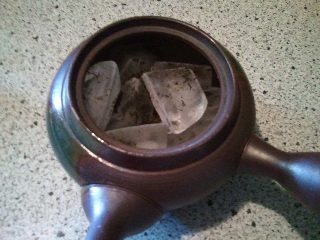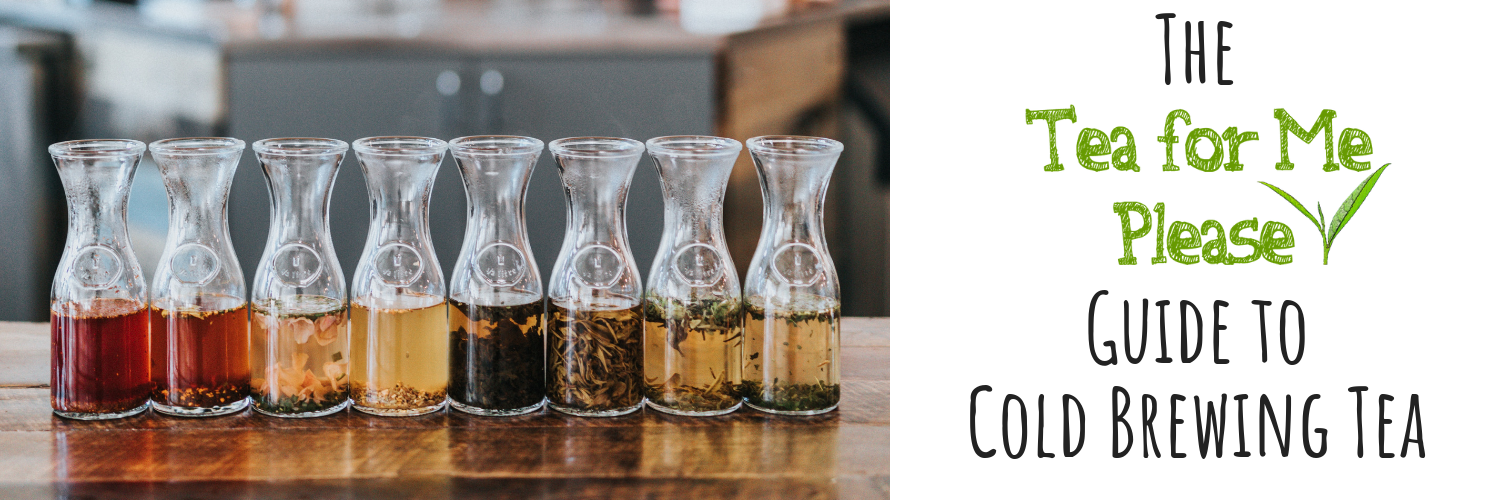It’s finally starting to feel like summer is on its way which means that I’ve been drinking a lot more iced tea lately. One of my favorite methods of making it at home is cold brewing. It is easy to do and practically foolproof (I promise!). Tea is naturally bitter due to caffeine, catechins, and other polyphenols. Hotter water will extract these substances from the leaves more quickly.
One of the reasons I love cold brewing is that there is hardly any bitterness because there is no heat involved. The resulting tea will also be lighter bodied and slightly less caffeinated for this reason. Given the possible bacteria risk involved in sun tea, this is also a safe method of brewing.
Select a Tea
Just about any tea can be cold brewed. Taiwanese oolongs and Japanese greens tea are my go-to selections but white tea and black tea also turn out nicely. Loose leaf or tea bags will work equally well. However, I don’t recommend using flavored tea because some ingredients like essential oils and dried fruits can get funky. Herbal infusions will usually need a longer brewing time than true teas (those made from Camellia Sinensis).
Cold brewing is a great way to use up a lower quality tea or one that you have too much of. I’ll also frequently cold brew leaves that I haven’t been able to finish steeping yet. Waste not, want not! Your most expensive teas are probably still better off being enjoyed gongfu style though.
Choose Your Brewing Vessel
I prefer glass containers with lids, like the jugs made by FORLIFE, but you can use any vessel that you might have on hand. Hario makes a nifty infuser shaped like a wine bottle for when you’re feeling extra fancy. The strainer built into the lid makes it easy to pour into another container without making a mess. There is always at least two on hand so that I can constantly rotate batches. Carafes, pitchers, and mason jars are also super handy for this purpose.
I tend to use smaller containers because it is easier to dial in the amount of leaf that you need to use. An infuser basket is not necessary (loose leaf will give better flavor without one) but you’ll need a strainer when it comes time to remove the leaves from the water. Plastic containers can work but odors from past uses tend to cling to them. That can alter the flavor of your brew a bit.

Set It and Forget It
Put your leaves into your pitcher, add water, and stick it in the fridge. That’s it! If
Two hours will give you a milder taste. I will usually leave the tea for 8-10 hours, either overnight or while I’m at work. That way, I’m not waiting for it but it will be ready for me when I want it. Ice won’t be necessary since your tea will already be refreshingly cold. If you do want ice, try making ice cubes out of your tea so that you won’t dilute it too much.
One of the things I enjoy the most about cold brewing is that it is REALLY hard to get wrong. This isn’t gongfu where you’ve got to carefully weigh your leaves by the gram. I usually just eyeball it by covering the bottom of my vessel with a thin layer of tea. It generally works out to about double the amount of tea that I would use for a hot infusion.
Using too much leaf makes the end result bitter but it is simply a lesson learned if that happens. Start again with less tea and you’ll be on the right track. While multiple infusions might be possible, I find that the strength isn’t really there after the first round.

Ready to take cold brewing to the next level? The Japanese method of shinobi-cha gives an incredibly refreshing cup of tea to those with the patience for it. Place ice cubes on top of your tea and wait for the ice to melt. This is one of my favorite ways to enjoy gyokuro in the summer months. Total umami bomb!
